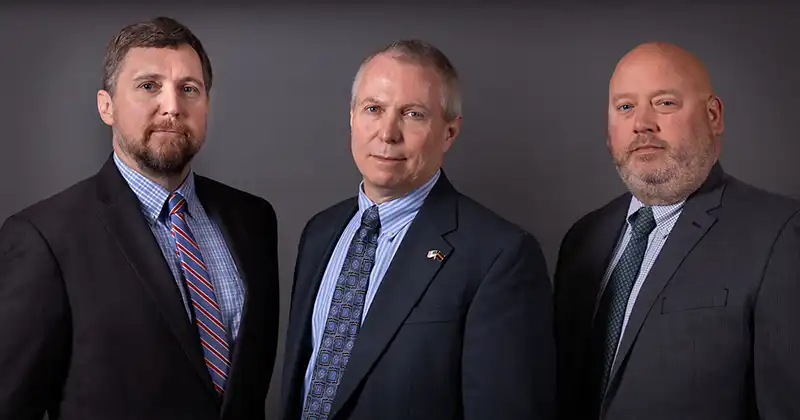The situation is all too common: Your vehicle has been seriously damaged in a collision. The insurance adjuster informs you that it’s a total loss. You check with your lender to see how much you owe on your vehicle and find out that you owe more on the vehicle loan than the insurance company is offering to pay you for the vehicle. As a result, the entire insurance company check goes to the lender as a payment toward your vehicle loan but does not pay it off and leaves you with a balance and no vehicle. Congratulations, you have fallen into the GAP: You have lost your vehicle, you still owe the lender money, and you have to worry about paying for the replacement vehicle.
Unfortunately, insurance companies only owe you the fair market value of the vehicle that has been totaled. They do not owe you the balance on your vehicle loan. The best way to avoid the GAP is to make sure when you purchase a vehicle that you are not borrowing more than the vehicle is worth. If you have a reasonable loan on a vehicle and the vehicle’s value is greater than the amount of the loan at its inception, you should be safe throughout the life of the loan that the vehicle will not be worth less than the amount owed on the loan. If, however, you are rolling over negative equity from another loan, you may owe more on the loan than the vehicle is worth. In those situations, fortunately, GAP insurance is an easy fix to this problem. Many dealerships will sell you GAP insurance at the time you purchase the vehicle. However, if you don’t have GAP insurance on the loan, you should contact your insurance agent and see about adding GAP insurance to your auto policy. Some insurance companies offer this coverage, some insurance companies don’t. If your insurance company will not offer you GAP insurance, and you owe a significant amount of money on your car, it’s in your interest to shop around to find a company that will provide you this coverage.

